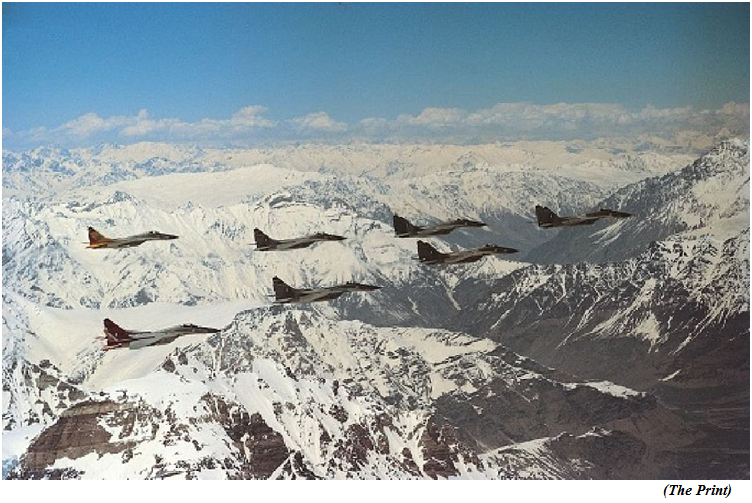China increases defence spending by 7.2% (GS Paper 3, Defence)

Why in news?
Key Highlights:
- It announced an economic growth target of “around 5%” for 2023. In 2022, the economy failed to meet its 5.5% target, growing by 3% as it struggled with the impact of the “zero-COVID” policy, which was finally withdrawn in December.
- China would add “around 12 million new urban jobs” this year as well as continue to boost strategic, high-tech industries while “defusing major economic and financial risks”, which included local government debt as well as financial problems continuing to plague real estate enterprises.
Defence spending:
New Premier:
- Outgoing Premier Li Keqiang delivered his last report to the National People’s Congress (NPC), or Parliament.
- He is set to be replaced by a close ally of President Xi Jinping, Li Qiang, who was promoted as the second-ranked leader of the Politburo at the ruling Communist Party’s once-in-five-year congress in October 2022.
- The NPC is a largely ceremonial legislature that endorses party policies as well as approves government appointments.
IAF’s 1st supersonic squadron completes 60 years
(GS Paper 3, Defence)
Why in news?
- Recently, the No. 28 Squadron of the Indian Air Force (IAF), nicknamed ‘The First Supersonic’, completed 60 years in service.

Timeline:
- In March 1963, the Squadron inducted the Soviet-era MiG-21s in Chandigarh which marked a turning point in the IAFs inventory, as they were its first supersonic fighters.
- Significantly, India got the MiG-21s as a counter to Pakistan being given 12 F-104 Starfighter supersonic aircraft by the US. The Starfighter was the first supersonic aircraft in the Indian subcontinent.
- On 16 October 1987, after over two decades since induction, the No. 28 Squadron transitioned from the MiG-21s to MiG-29s.Given their experience in inducting the MiG-21s, the squadron was responsible for inducting the MiG-29s.
The 1965 and 1971 wars:
- In both 1965 and 1971 India-Pakistan wars, the No. 28 Squadron and the MiG-21s played an important role in India’s success. During the 1965 Monsoon war, the squadron was central in conducting combat air patrol duties. This development had major ramifications during the 1971 war.
- No 28 carried out successful steep dive bombing attacks on the two Pakistani airfields of Tezgaon and Kurmitola during the 1971 war. They also played a major role in the attack on the Governor’s House in Dhaka, this led to the governor’s resignation and hastened Pakistan’s surrender.
MiG-21 induction & Soviet deal:
- While the geopolitics of the era and the need to match Pakistan’s Starfighters were central to acquiring MiG-21s from the Soviet Union, the linked incentives in the deal ensured India purchase the fighter.
- The Soviet Union provided India with the most fiscally prudent deal through licensed production agreements in the purchase, which enabled India to produce MiG-21s at the Aircraft Division in Nasik.
- The first batch of the Squadron under Dilbag Singh, trained near Tashkent in Kazakhstan prior to inducting the MiG-21s in March 1963.
- India has manufactured over 800 variants of the MiG-21.
Specs of MiG-21:
- The MiG-21 is essentially a fighter and interceptor aircraft. It was amongst the first to successfully combine both characteristics in one aircraft. In its early iterations, it was a lightweight, short-range fighter that achieved a speed of Mach-2 (2,450 km/hour).
- Development began in the 1950s in the Soviet Union, and it was supposed to be a successor to the subsonic MiG-17s and 19s. It has since been deployed by over 60 countries since its development in the 1950s.
- Over the years, it has had multiple variants, these include the MiG-21 F, F-13, FL, PF, U, R, M, SM, and PF-13, amongst others. It is the most widely produced supersonic fighter aircraft.
- Currently, the IAF still operates 4 squadrons of the MiG-21 which are supposed to be phased out by 2025.



